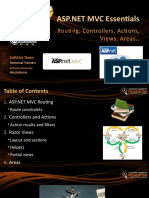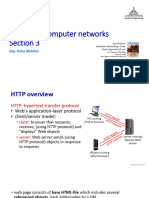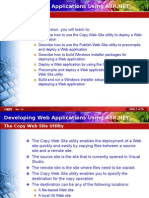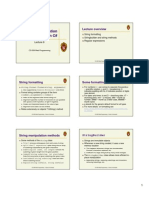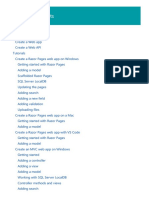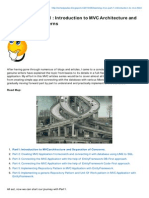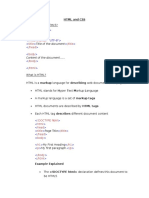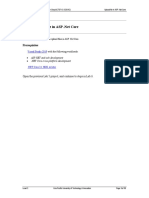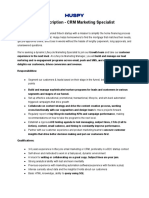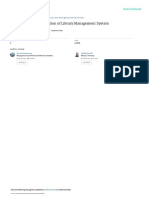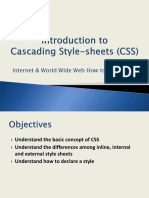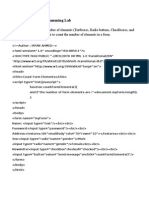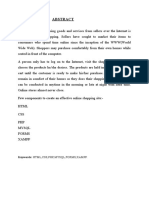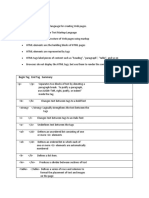100% found this document useful (1 vote)
584 views37 pagesCSharp-ASP-NET-Core-Razor-Views-and-Layouts
Soft Uni lecture on c# razor views and layouts
Uploaded by
Michael-SCopyright
© © All Rights Reserved
We take content rights seriously. If you suspect this is your content, claim it here.
Available Formats
Download as PPTX, PDF, TXT or read online on Scribd
100% found this document useful (1 vote)
584 views37 pagesCSharp-ASP-NET-Core-Razor-Views-and-Layouts
Soft Uni lecture on c# razor views and layouts
Uploaded by
Michael-SCopyright
© © All Rights Reserved
We take content rights seriously. If you suspect this is your content, claim it here.
Available Formats
Download as PPTX, PDF, TXT or read online on Scribd
/ 37
